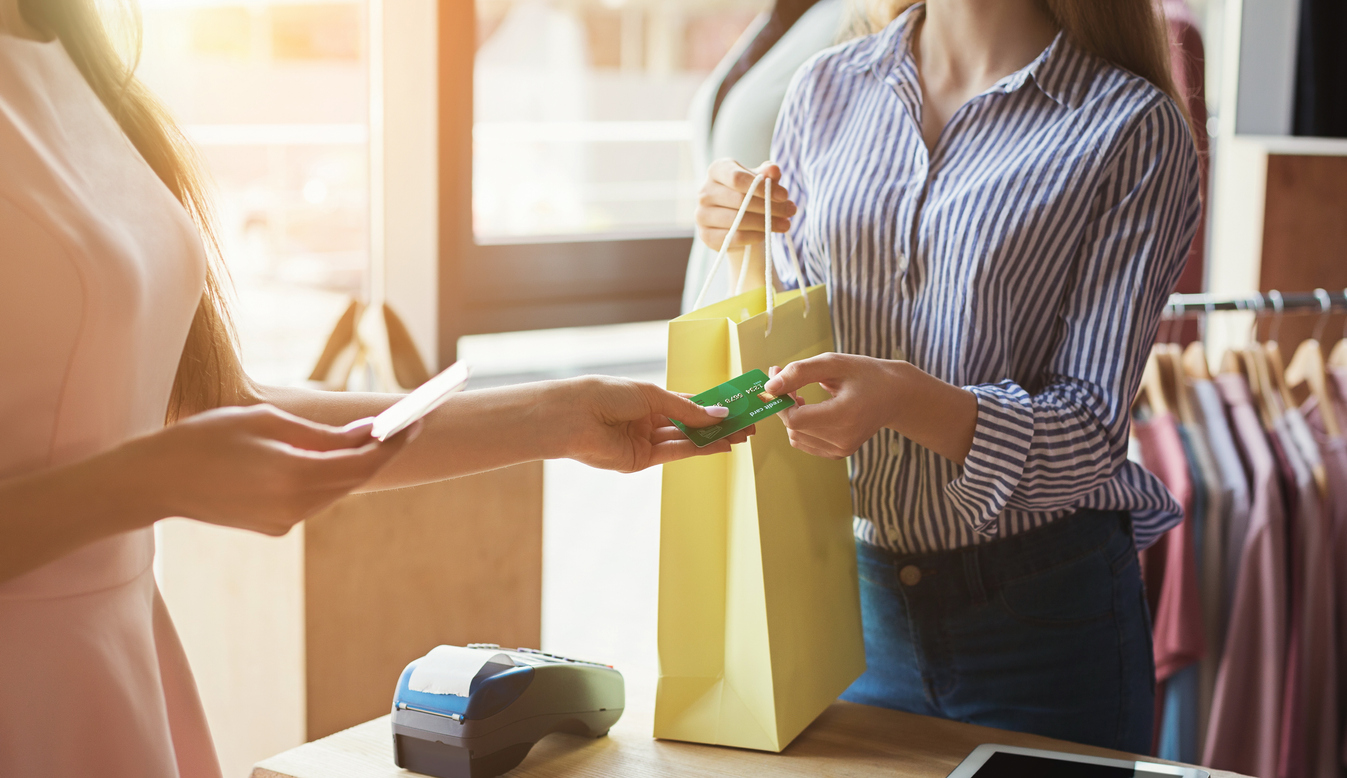In the past few years, even as the economy continues to grow, the two industries that are constantly making the news for closures and reduced sales are retail and casual dining. The retail giants of the past and the large chain ‘bar and grills’ all continue to struggle or shut their doors. It’s been interesting to see the similarities and differences in which these two industries have attempted to tackle these problems. I find that often times retailers are competing to innovate in the same ways that restaurants are embracing their problems.
Let’s take for example, a chain restaurant that is struggling with sales. I don’t think the first logical response is to put in a drive-through window. If you are not going to your local Applebee’s now, it’s safe to say that a drive through isn’t going to change your mind into becoming a regular. The customer is expecting quality, value, and experience, if any of those are lacking, no amount of speed of service is going to bring a customer to the door. In the same instance, imagine the frustration of the drive-through being slower than going inside, or after placing your order and pulling up to the pick-up window, you are told they are out of the food you ordered. Believe it or not, this might be the same disappointing experience you are setting your customer up for when implementing a Buy Online Pick-up in Store (BOPIS) strategy within your typical retail store front. The customer that wasn’t previously going to the store is not likely to change their mind based on BOPIS fulfillment being available, in fact, those who might, may be left with a sub-par experience.
I’m not here to bash BOPIS functionality or to undermine the value it can bring to a store, but I do think non-tangible factors such as quality, value, and experience to the customer must be given greater thought. Without the joint support of IT, Supply Chain, Marketing, and Store Teams it can become an impossible task to implement services where the customer is not left with a lesser experience. It’s critical to think of the core values of the business (trendy, affordable, luxurious, etc.) and utilize the appropriate technology to accomplish these goals, rather than picking a technology and forcing its way into your business ecosystem. There are a number of other similarities outside of BOPIS that can be found with retailers trying to catch up with the restaurants (I’m looking at you ‘last mile delivery pizza boy!’), but it ultimately comes down to applying technology that works for your customer base.
BOPIS is a great first step for beginning to combine ecommerce and retail, but it is only a starting point for driving innovation and bringing unique opportunities to the store experience.
To learn more about how BOPIS and other fulfillment technologies can help you realize your supply chain potential, contact Bricz at info@bricz.com
Contributor: Will McAleer Supply Chain Principal at Bricz
